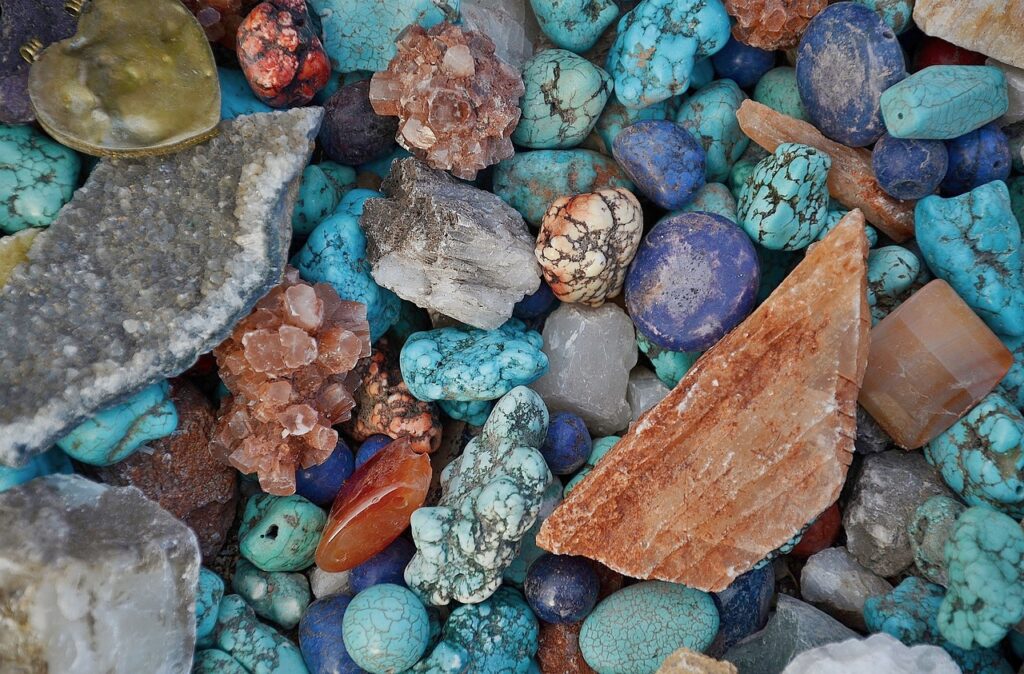In the growing domain of critical minerals, 2024 marked a pivotal year driven by significant investments, technological advancements, and strategic initiatives.
This period saw substantial efforts to bolster domestic production and secure a sustainable supply chain in the face of increasing demand from the energy and technology sectors. The Department of Defense and the Department of Energy were at the forefront, channeling funds and strategic focus towards enhancing resource capabilities.
The market for rhenium, a vital element in high-temperature superalloys and petroleum refining catalysts, witnessed notable changes. In 2024, the United States produced approximately 9,500 kilograms of rhenium, maintaining its position as a critical secondary producer alongside global counterparts like Germany and Canada. The price escalation to $1,370 per kilogram for rhenium metal pellets underscored a 28% increase from the previous year, driven by a rise in consumption and import reliance, largely supplied by Canada, Chile, and Germany.
Concurrently, the helium sector experienced transformations with steady sales and an increment in extraction from natural gas, mainly due to new operational sites in the United States. Despite a decrease in helium from the Cliffside Field, the production uptick signaled the robust adaptation to shifting supply demands. Helium’s import reliance has been diversified, with Qatar and Canada being primary sources.
Strategic Investments and Initiatives
In 2024, the Defense Production Act Investments program injected over $400 million into domestic manufacturing capabilities for critical minerals essential for defense and industrial applications, including aluminum, tin, and rare-earth elements. Furthermore, the Bipartisan Infrastructure Law fueled over $4 billion into projects aimed at augmenting the production of advanced batteries and critical minerals, marking a significant shift towards establishing a fortified supply chain.
The Department of Energy also prioritized lithium extraction and processing, setting aside $3 billion for 25 projects to bolster domestic battery manufacturing capacities. Within this context, international supply security became a focal point, with strategic alliances forming to mitigate risks in critical mineral supply chains across continents.
The Earth Mapping Resources Initiative (Earth MRI) facilitated expansive geoscience data collection projects, infusing $57 million into 39 states. This effort aimed to enhance geological mapping techniques and data preservation, anchored by the National Map of Focus Areas for Potential Critical Mineral Resources. This initiative highlighted the collaborative drive between USGS and state geological surveys to assess mineral deposits efficiently.
Emerging Trends
The geopolitical landscape for critical mineral production in 2024 was marked by China’s dominance, producing over 60% of global outputs for multiple critical minerals. Simultaneously, U.S. efforts in clean energy and technological independence permeated through extensive legislative frameworks like the Inflation Reduction Act and initiatives to recycle and recover critical minerals, pivotal in transitioning to a sustainable economy.
The strategic focus extended to potential future reserves, as the global demand for materials such as lithium continued to influence exploratory projects and production expansions in regions like Argentina, Chile, and the United States. These endeavors are set to redefine global market dynamics, echoing the larger narrative of resource resiliency in critical minerals.
With a future-oriented vision focused on leveraging advanced technologies for mineral exploration and extraction, the year 2024 showcased a pivotal transition point for the U.S. and global critical mineral strategies towards securing resource independence and sustaining technological growth.
Stay updated on the latest in energy! Follow us on LinkedIn, Facebook, and X for real-time news and insights. Don’t miss out on exclusive interviews and webinars—subscribe to our YouTube channel today! Join our community and be part of the conversation shaping the future of energy.
